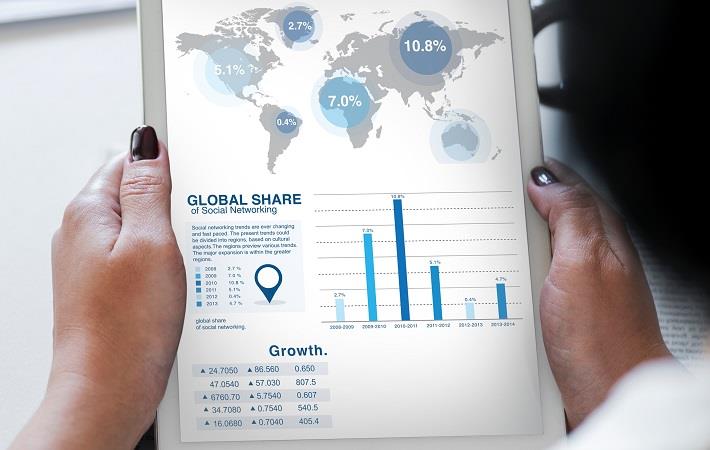Global growth to weaken to 2.6% in 2019: World Bank

Emerging and developing economy growth is constrained by sluggish investment, and risks are tilted to the downside. These risks include rising trade barriers, renewed financial stress, and sharper-than-expected slowdowns in several major economies, the World Bank said in its June 2019 Global Economic Prospects: Heightened Tensions, Subdued Investment. Structural problems that misallocate or discourage investment also weigh on the outlook.
“Stronger economic growth is essential to reducing poverty and improving living standards,” said World Bank Group president David Malpass. “Current economic momentum remains weak, while heightened debt levels and subdued investment growth in developing economies are holding countries back from achieving their potential. It’s urgent that countries make significant structural reforms that improve the business climate and attract investment. They also need to make debt management and transparency a high priority so that new debt adds to growth and investment.”
Growth among advanced economies as a group is anticipated to slow in 2019, especially in the Euro area, due to weaker exports and investment. US growth is forecast to ease to 2.5 per cent this year and decelerate to 1.7 per cent in 2020. Euro area growth is projected to hover around 1.4 per cent in 2020-21, with softness in trade and domestic demand weighing on activity despite continued support from monetary policy.
Growth among emerging market and developing economies is projected to fall to a four-year low of 4 per cent in 2019 before recovering to 4.6 per cent in 2020. A number of economies are coping with the impact of financial stress and political uncertainty. Those drags are anticipated to wane and global trade growth—which is projected to be the weakest in 2019 since the financial crisis a decade ago—is expected to recover somewhat.
“While almost every economy faces headwinds, the poorest countries face the most daunting challenges because of fragility, geographic isolation, and entrenched poverty,” said World Bank group vice president for Equitable Growth, Finance and Institutions, Ceyla Pazarbasioglu. “Unless they can get onto a faster growth trajectory, the goal of lowering extreme poverty under 3 percent by 2030 will remain unreachable.”
“In the current environment of low global interest rates and weak growth, additional government borrowing might appear to be an attractive option for financing growth-enhancing projects,” said World Bank prospects group director Ayhan Kose. “However, as the long history of financial crises has repeatedly shown, debt cannot be treated as a free lunch.”
In terms of regional outlook, growth in the East Asia and Pacific region is projected to slow from 6.3 per cent in 2018 to 5.9 per cent in 2019 and 2020. In Europe and Central Asia, growth is expected to firm to 2.7 per cent in 2020 from a four-year low of 1.6 per cent this year as Turkey recovers from an acute slowdown.
Regional growth in Latin America and the Caribbean is expected to be a subdued 1.7 per cent in 2019, reflecting challenging conditions in several of the largest economies, and to build to 2.5 per cent in 2020, helped by a rebound in fixed investment and private consumption. In the Middle East and North Africa, growth is projected to rise to 3.2 per cent in 2020, largely driven by rebound in growth among oil exporters.
The outlook for the South Asian region is solid, with growth picking up to 7 per cent in 2020 and 7.1 per cent in 2021. Domestic demand growth is expected to remain robust with support from monetary and fiscal policy, in particular in India. Growth in India is projected to accelerate to 7.5 per cent in FY 2019-20, which begins April 1. (RKS)
Fibre2Fashion News Desk – India
































-Ltd..jpg?tr=w-120,h-60,c-at_max,cm-pad_resize,bg-ffffff)





.jpg?tr=w-120,h-60,c-at_max,cm-pad_resize,bg-ffffff)
.jpg?tr=w-120,h-60,c-at_max,cm-pad_resize,bg-ffffff)






